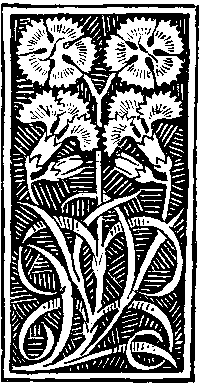“I love her and, as to different, well, she’s a lizard”:
Queer and Interspecies Relationships in Doctor Who
Keywords:
doctor who, family, fandom, interspecies, marriage, queer studies, race, sherlock holmes, victorianAbstract
What is it with Doctor Who and Victoriana? The current series of the BBC science-fiction show Doctor Who (2005-present) has returned to the Victorian era frequently, mining the nineteenth century for storylines. In the post-millennial series, each regeneration of The Doctor has appeared in his own Victorian-inspired episodes, which update, subvert, and highlight Victorian culture and its relationship to a modern audience. This article considers one such neo-Victorian dimension of Doctor Who: the relationship of Madame Vastra, a
Silurian (a fictional race of reptile-like humanoids), and her human wife Jenny Flint. Both Vastra and Jenny, as well as their Sontaran butler Strax (a member of an alien race of belligerent and militaristic clones), form a trio of recurring fictional characters known as
the Paternoster Gang. The Paternoster Gang acts as a vehicle to explore and question family, gender, and sexuality norms in the nineteenth-century world of Doctor Who. The show depicts Vastra and Jenny as a queer, female, and interspecies incarnation of Sherlock Holmes and John Watson. The crime-fighting duo’s relationship with each other and with Strax represents the possibility of interdependence and interspecies harmony.
Downloads
Published
Issue
Section
License
Copyright (c) 2023 Neo-Victorian Studies

This work is licensed under a Creative Commons Attribution-NonCommercial-NoDerivatives 4.0 International License.


